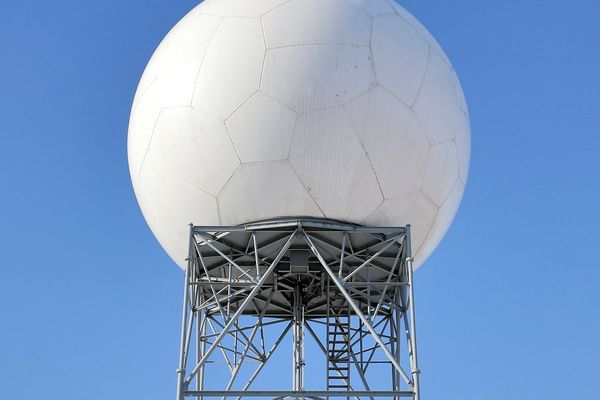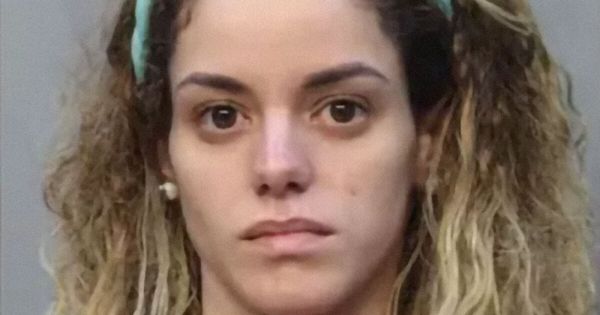
Justin Fields was sacked on nearly 15 percent of his dropbacks in 2022. This led the NFL and was the highest mark for any qualified starting quarterback since 1997. It was, in short, very bad.
The culprit behind this, as you might expect, was a very bad offensive line. Fields was sacked on 11.8 percent of his dropbacks as a rookie, then saw his top blocker, guard James Daniels, signed away in free agency by the Pittsburgh Steelers. Trips to Soldier Field marked the start of hunting season for NFC pass rushers, dropping Fields a tragic 55 times in 15 games.
This problem did not solely belong to the blocking. Fields was too often saddled with a receiving corps incapable of finding space downfield. His top wideout, the sure-handed Darnell Mooney, missed five games and was ineffective in long stretches early in the season – he had just 173 receiving yards through Week 5. The pass catchers behind him in the pecking order included Equamineous St. Brown, Dante Pettis, Byron Pringle and Velus Jones. Together, they combined for 48 receptions.
That’s how Fields wound up taking 3.12 seconds between snap and throw, the fourth-highest mark in the league last seaso. And that’s how “WIDE RECEIVER” wound up circled in red ink on general manger Ryan Poles’ to-do list headed into 2023.
On Friday, Poles got that done. Not only did he offload the top overall pick in the upcoming draft for a haul of future selections – two firsts and two seconds, roughly on par with the going rate for an established Pro Bowl QB – while cementing Fields’ place as his franchise quarterback, but he also got his embattled dual-threat passer the help he badly needs.
The former first round pick isn’t just a reliable target; he’s the kind of receiver who has proven capable of being a balm for passers in desperate need of soothing. Moore has been saddled with quarterbacks who’ve topped out at “average” over his five seasons in the league. The best he’s played with is either late-stage Cam Newton or Teddy Bridgewater. In the last two years he’s fluctuated between Baker Mayfield, Sam Darnold, a broken Newton and PJ Walker. If he were a bible character, Moore would be Job – his faith continually tested by football gods petty enough to see just how much he’d put up with.
Moore won’t have to worry about playing with a rookie quarterback in 2023. He’s got Fields. While the Bears’ QB is better known for his running, he absolutely wants to sling it as well.
His 9.1 average air yards per attempt ranked fifth highest in the NFL last fall. He averaged three deep balls per game despite not having a true deep threat on his roster. But his catchable pass and bad throw rates each ranked toward the bottom of his cohort. That’s not great, but it’s not entirely frustrating for a second year quarterback who entered the league dogged by circumstances.
Moore is the kind of player who can haul in off-target passes, an excellent tracker downfield who makes mediocre quarterbacks look better. He can be used as a short threat (6.7 yards before catch as a rookie) or deep (12.3 yards before catch while breaking free for nearly 1,200 receiving yards in 15 games in 2020). He can do a little bit of everything, commanding the attention of opposing coordinators along the way.
That’s important. What’s also important is his place in the pecking order. Moore isn’t on the Justin Jefferson/Cooper Kupp/Stefon Diggs/Davante Adams/Tyreek Hill tier of difference makers, but he’s still a true WR1 – the kind of player opposing defenses have to specifically gameplan around. He’s a force who demands double teams on passing downs in a way Allen Robinson was before him. And at 25 years old, it’s not impossible to think he’s still growing and might even reach that Diggs/Kupp level.
That bumps the rest of this team’s embattled wideouts down a peg to more comfortable positions. Mooney wasn’t a WR1 in his audition last fall (though obviously factors outside his control played a part). We do know his ability to adjust to the ball and create space in the intermediate game makes him a viable and dangerous WR2 who, in his fourth season in the league, still has room to grow.
Then there’s Chase Claypool, the Pittsburgh Steeler Swiss Army Knife who was acquired at the trade deadline at the steep cost of a second round pick (which turned out to be 32nd overall) and produced little as a Bear thanks to injury and (points to Chicago’s 2022 offense, makes the sound of air being sucked over clenched teeth). Claypool might not work as a primary option, but we know he can be a devastation force as a wild card.
Claypool’s best work came in Pittsburgh his first two seasons with 13 total touchdowns, more than 850 receiving yards each year and better than 14 yards per catch. He was able to thrive because he had JuJu Smith-Schuster and Diontae Johnson ahead of him in the pecking order, particularly in his 11-touchdown 2020. Now he’s got two more established wideouts to take the heat off in Chicago.
That Moore-Mooney-Claypool triumvirate provides solid depth and room to grow. It’s not one of the NFL’s top receiving corps, but it could rise to the top of the NFC North if Mooney regains his trajectory from 2021 and Claypool goes back to his defense-frustrating, do-everything druthers. On the eve of free agency, the rest of the division’s top three wideouts look like this:
- Minnesota Vikings: Justin Jefferson, KJ Osborn, Jalen Nailor
- Detroit Lions: Amon-Ra St. Brown, Jameson Williams, Josh Reynolds
- Green Bay Packers: Christian Watson, Romeo Doubs, Samori Toure
Granted, that’s all going to change once deals are agreed to on Monday and the draft brings a new crop of pass-catching talent, but the Bears will be big players there as well. The ninth overall pick, received from the Panthers, is likely going toward an offensive lineman. Or maybe it’ll be part of a trade down where Chicago can land a top tier blindside protector AND Jordan Addison or Quentin Johnston. Maybe the Bears decide they need a sure-handed option to press Mooney and Claypool and use their league-high $75 million in salary cap space to make a run at Jakobi Meyers, JuJu Smith-Schuster or Odell Beckham Jr.?
Sure, that wouldn’t be the best use of the team’s cap space or draft assets, but Chicago has so much of each that it might not matter. Moore was a splurge, a player Poles demanded instead of pushing for the third first round pick at which he’d publicly set the asking price for No.1. There’s room to revamp the offensive line AND bring in more receiving talent if that’s the call, even while addressing holes elsewhere.
The NFC North provides an opportunity. The Packers are in flux. The Vikings were paper tigers and on the precipice of a rebuild in what promises to be the final year of the Kirk Cousins era. The Lions … OK, the Lions look pretty good. But there’s massive potential for a run to the postseason, especially given the weak schedule staring Fields in the face. What’s stopping Chicago from being 2023’s New York Giants – a team with a mobile quarterback and a much, much worse receiving corps than this year’s Bears squad?
It’s still very, very early, but optimism in Chicago has to be approaching dizzying heights. It’s warranted. The Bears got better in the short term and foreseeable future by dealing away the first overall pick. Now it’s time for Justin Fields to ascend to his throne.
You know, as long as his blocking holds up.







